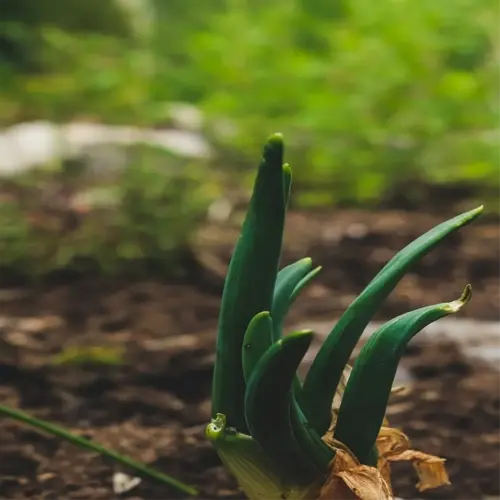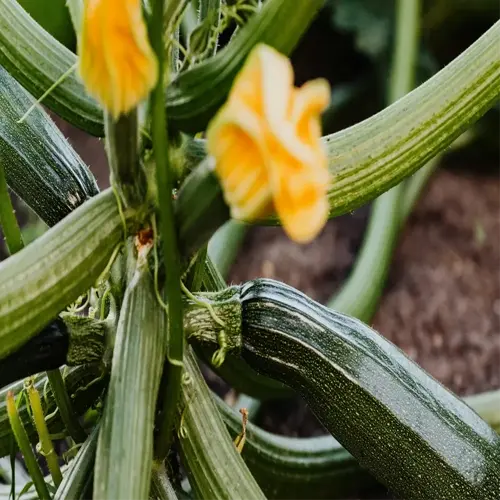Can potatoes survive 90°F (32°C) weather?

Written by
Michael Sullivan
Reviewed by
Prof. Charles Hartman, Ph.D.Potatoes thrive in temperatures below 85°F (29°C) but can be grown with intervention. I grew Elba potatoes in Texas where the temperature was often 95°F (35°C). However, I employed shade cloth to do this. Soil temperatures matter more than air temperatures - just keep them below 80°F (27°C) using mulch and watering at strategic times to control soil moisture.
Variety Selection
- Elba: Tolerates 90°F (32°C) with 20% yield loss
- AC Chaleur: Bred for southern heat waves
- Vitelotte: Purple skin reflects sunlight
Soil Cooling
- 4-6" straw mulch lowers temps 10°F (5.5°C)
- White plastic mulch reflects heat
- Water at dawn to pre-cool soil
Regional Adjustments
- Coastal zones use fog for cooling
- Inland deserts plant near shade structures
- Southern growers opt for fall crops
Track your soil temperatures with wireless probes. I place sensors about 6 inches deep into the soil and to the side of the plants. When the temperature reaches 75°F (24°C) I will lightly water. In my garden in Arizona, I use drip lines with timers to water. When watering overhead in the heat, the leaves might scorch so I avoid watering after 10 AM.
The timing of shade does affect yields. I use 30% shade cloth from 11 AM-3 PM. All-day shade is ineffective because it can stunt growth. Reflective row covers reflect sunlight onto the lower leaves of the plant. In 2023, another field trial demonstrated that this combination of shade from reflective row covers maintained 85% of normal-size tubers produced during periods of 95°F (35°C).
Pest pressure changes with temperature. Colorado beetles drop off at 90°F (32°C), and spider mites increase. I use neem oil weekly in the evening. Harvesting at night avoids warming the workers in the heat of the day. I store tubers at 50°F (10°C) immediately - the heat causes a conversion of the sugars.
Read the full article: When Plant Potatoes: Expert Timing Guide

